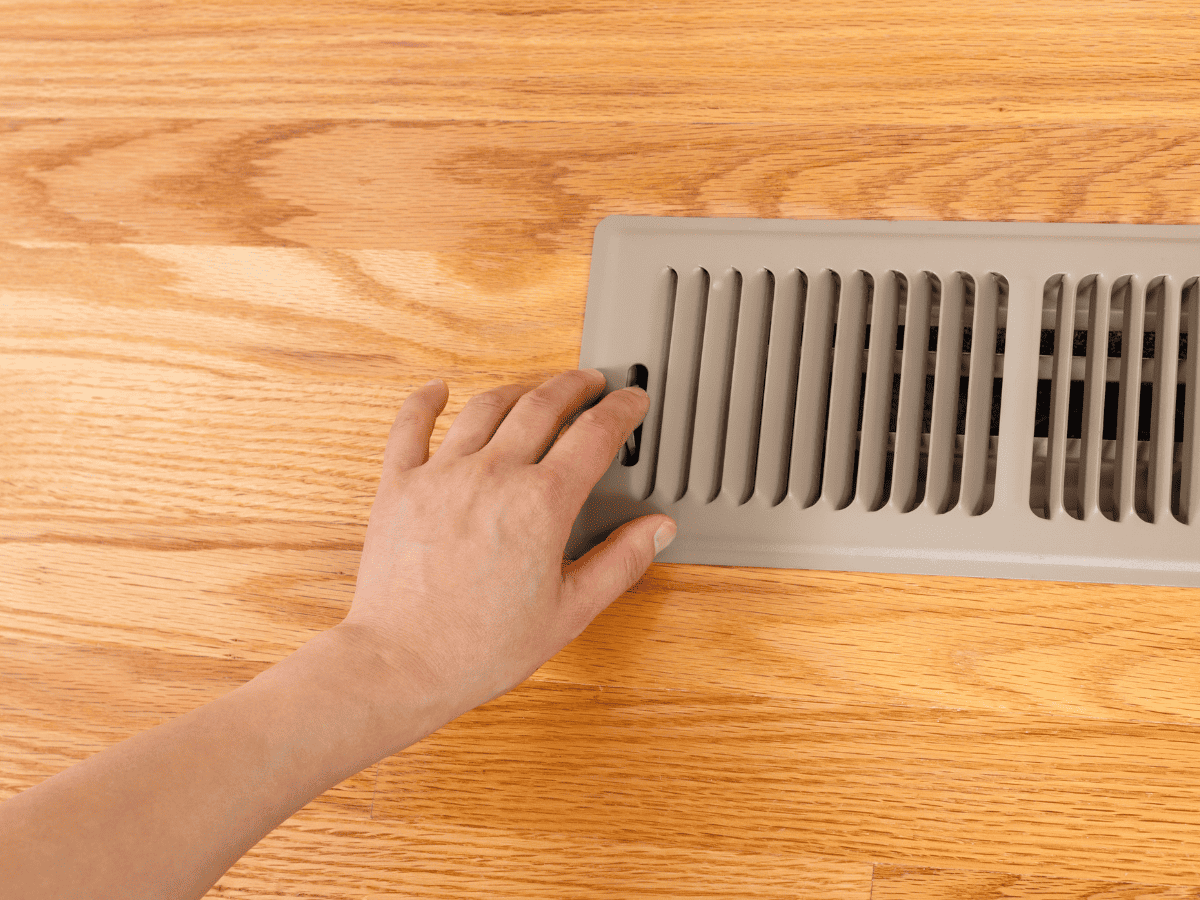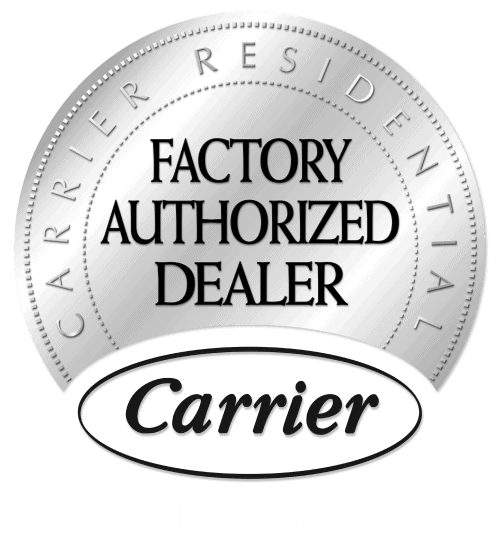Heaters are essential to our homes during the colder months, with their proper functioning providing warmth and comfort when we need it most. But what happens when those warm gusts of air suddenly become cool and uncomfortable?
This blog post will outline why your heater may be failing and what you can do to remedy it.
Understanding the basics of a furnace
To understand why your heater may not be working as expected, it’s important to first have a fundamental understanding of how it works.
The furnace is the backbone of a heating system, creating heat and dispersing it throughout indoor spaces. They function by drawing in cold air, warming it, and then recirculating the hot air via ducts.
To accomplish this task, several components work seamlessly together, each playing a crucial part in this intricate system. Here’s an overview of these components:
- Thermostat: This is your control hub for setting the desired temperature. It communicates your heating needs to the furnace
- Burner: The burner is where fuel (gas, oil, or electricity) is ignited to produce heat
- Heat exchanger: The heat exchanger takes the heat from the burner and warms up the incoming cold air
- Blower: Once the air is heated, the blower propels it into the heating ducts for distribution throughout your home
- Flue or vent pipe: Any combustion gasses produced during the heating process are safely expelled from your home through the flue or vent pipe
Your home relies on these components to remain warm and welcoming even during the most extreme winter nights, but each component requires professional maintenance on a regular basis.
When you experience problems with one of these parts, instead of reaching for your toolbox, it’s highly recommended to contact an HVAC specialist instead. They have all of the expertise required to keep your heating system operating efficiently and safely.
Common causes of heater malfunction
There are a number of things that can cause your heater to malfunction. Here are some common furnace problems you may encounter.
Thermostat settings
Incorrect thermostat settings could be as simple as setting it to “cool” instead of “heat.” Always ensure that your thermostat settings are correct.
Clogged air filters
If the air filters in your furnace are clogged, airflow will be restricted, and it may cause the heater to underperform. Regularly cleaning or replacing filters can remedy this issue.
Ignition problems
Problems with the ignition can prevent your furnace from producing heat. A professional HVAC technician can diagnose and solve ignition issues safely.
Fuel supply
Your heater won’t work without fuel, be it gas or electricity. Ensure your fuel supply is connected and in proper working condition.
Wear and tear
Normal wear and tear over time may affect the efficiency of your furnace. Regular professional maintenance can prolong the life of your furnace and keep it operating optimally.
Ductwork issues
Sometimes, the problem may lie with the ductwork. Damaged or leaky ducts can dramatically reduce the efficiency of your heating system, preventing warm air from reaching all areas of your home.
Electrical issues
Electrical problems, such as faulty wiring or a tripped breaker, can prevent your furnace from functioning properly. It’s important to have any electrical issues inspected by a professional to ensure safety.
Troubleshooting and repair tips
Before diving into troubleshooting and heating repair tips, it’s worth emphasizing that regular professional HVAC system maintenance is crucial. It not only prolongs the life of your furnace but also ensures it runs at peak efficiency, saving you money on energy bills and potentially costly repairs.
Here are some basic troubleshooting tips.
- Thermostat check: Make sure the thermostat is set to “heat,” and the desired temperature is set higher than the current room temperature. If the screen is blank, try replacing the batteries
- Circuit breaker check: If you notice your furnace keeps turning off and on, confirm the circuit breaker for your heater hasn’t tripped. If it has, reset it by flipping the switch back on. If it trips again, call a professional to investigate further
- Filter check: Look at the furnace’s air filter. If it’s dirty or clogged, replace it with a new one. A clean filter promotes better airflow and efficiency
- Vents and registers check: Ensure all your home’s vents and registers are open and unblocked. This allows for proper heat distribution
- Pilot light check: If your furnace uses a pilot light, check to see if it’s lit. If it isn’t, you can try relighting it following your furnace’s instructions. Call a professional if it goes out again or won’t light at all
- Fuel supply check: Verify that your furnace’s gas or electricity supply is functioning
Hurliman can help in your time of need
Understanding how your heating system operates and conducting routine checks are both key parts of maintaining its efficiency, but should any serious malfunction symptoms emerge, professional assistance should be sought immediately.
At any point, an HVAC professional should be on call for regular maintenance or complex repairs on your system to ensure its safe and effective operation. Be sure to put safety first, and don’t hesitate to reach out when assistance is necessary.
Contact us at Hurliman for all your heating system needs! We’re here to ensure your home remains warm and comfortable.






